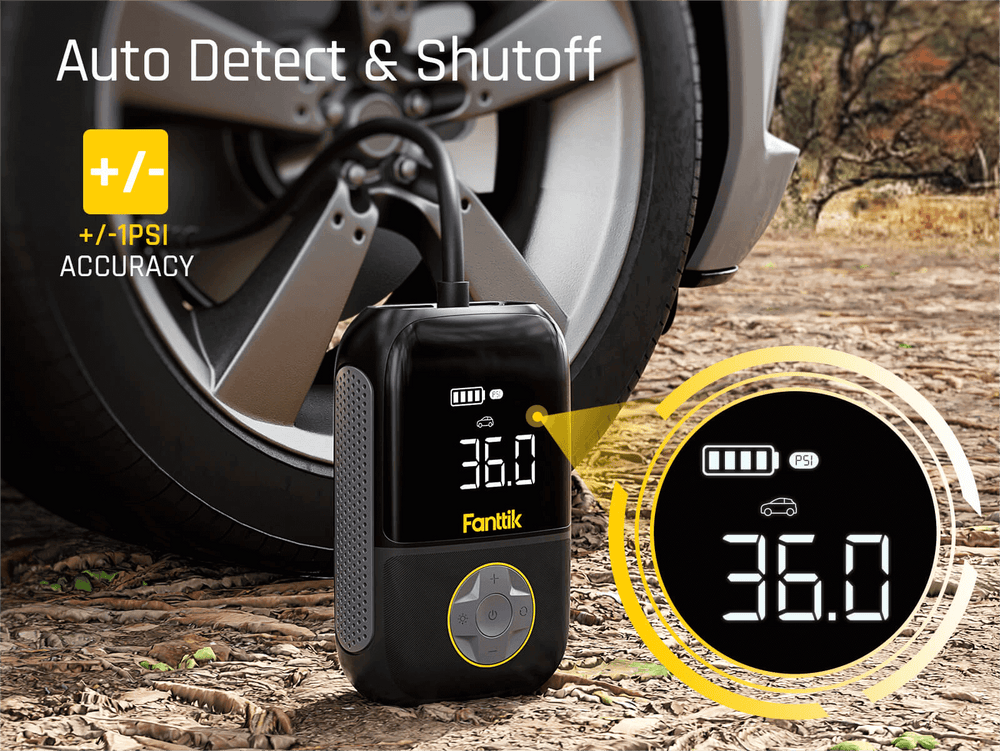Picture this: you're on a long road trip and suddenly, your tire pressure light comes on. You pull over to the nearest gas station only to find out that the air pump is broken! Sounds like a nightmare, right? But what if I told you there's an easy solution to avoid such situations? Investing in a portable air pump for your vehicle could save you time, money and headaches. In this blog post, we'll discuss why having a portable air pump in your trunk is so convenient and how it can come in handy during unexpected moments. So sit back, relax and let us convince you why owning one of these little gadgets is worth every penny!
What to Look for When Buying a Portable Air Pump
When looking to buy a portable air pump, there are several factors you'll want to consider. Here are a few of the most important:
1. Pressure Rating: The pressure rating is one of the most important factors to consider when choosing a portable air pump. You'll want to make sure that the pump can generate enough pressure to inflate your tires (typically 30-35 PSI).
2. Flow Rate: The flow rate is another key factor to consider. This is the measure of how much air the pump can move per minute. A higher flow rate will mean that your tires will inflate faster.
3. Power Source: Most portable air pumps are powered by either batteries or by plugging into your vehicle's cigarette lighter socket. If you plan on using the pump frequently, it may be worth investing in a model with a built-in battery. Otherwise, you'll just need to make sure that you have access to a power source whenever you need to use the pump.
4. Other Features: There are a few other features that can be handy on a portable air pump, such as an automatic shut-off feature and a gauge for monitoring tire pressure. These aren't essential, but they can be helpful in ensuring that your tires are properly inflated and avoiding overinflation.
Portable Air Pump Maintenance
If you own a portable air pump, it is important to regularly maintain it in order to ensure its longevity. Here are a few tips on how to properly care for your portable air pump:
-Store your portable air pump in a cool, dry place when not in use.
-Before each use, check the air pump's power cord and connections for any damage or wear. If any damage is found, do not use the air pump until it has been repaired or replaced.
-Inflate tires using the recommended pressure for your vehicle's make and model. Do not overinflate as this can cause damage to the tire and/or wheel.
-After each use, wipe down the air pump with a clean, dry cloth to remove any dirt or debris.
By following these simple maintenance tips, you can help extend the life of your portable air pump and keep it working properly for many years to come.
Conclusion
A portable air pump is an important tool to have in any car trunk. It provides quick and easy access to the parts of a tire that need attention, saving you time and money. Not only does it allow you to make minor repairs on your own, but it also eliminates the need for roadside assistance or a tow to the nearest service station. Having a portable air pump in your vehicle's trunk is undoubtedly convenient and highly recommended for every driver!
